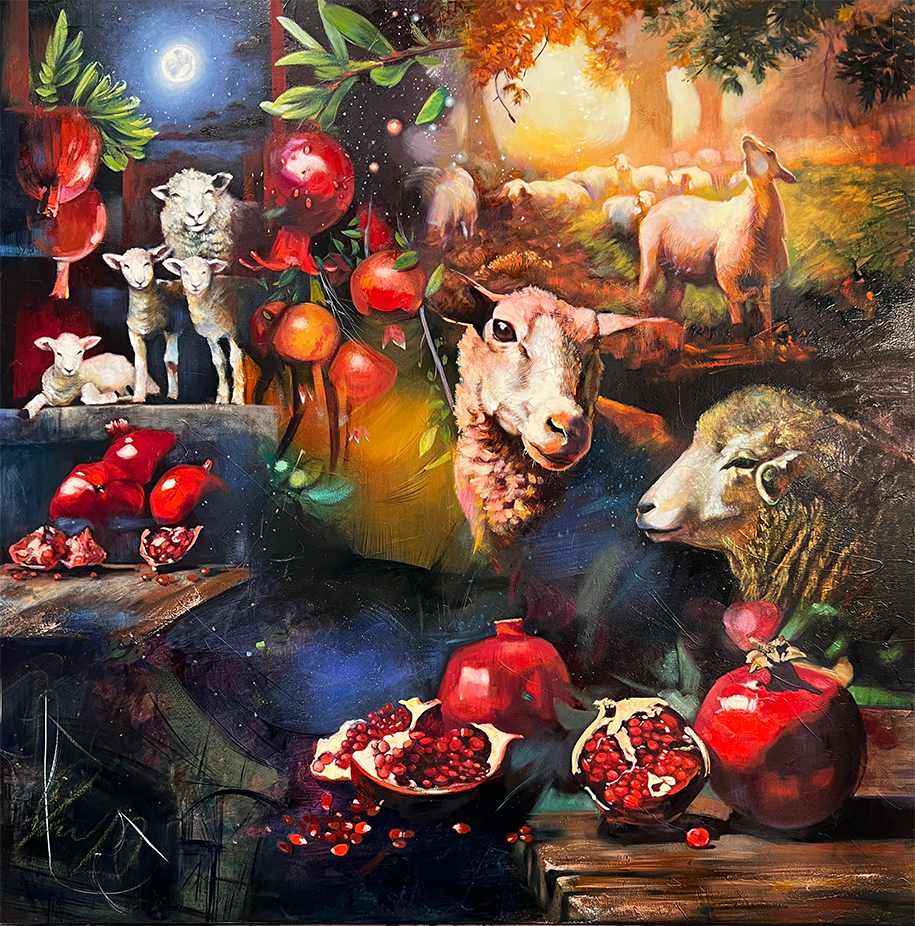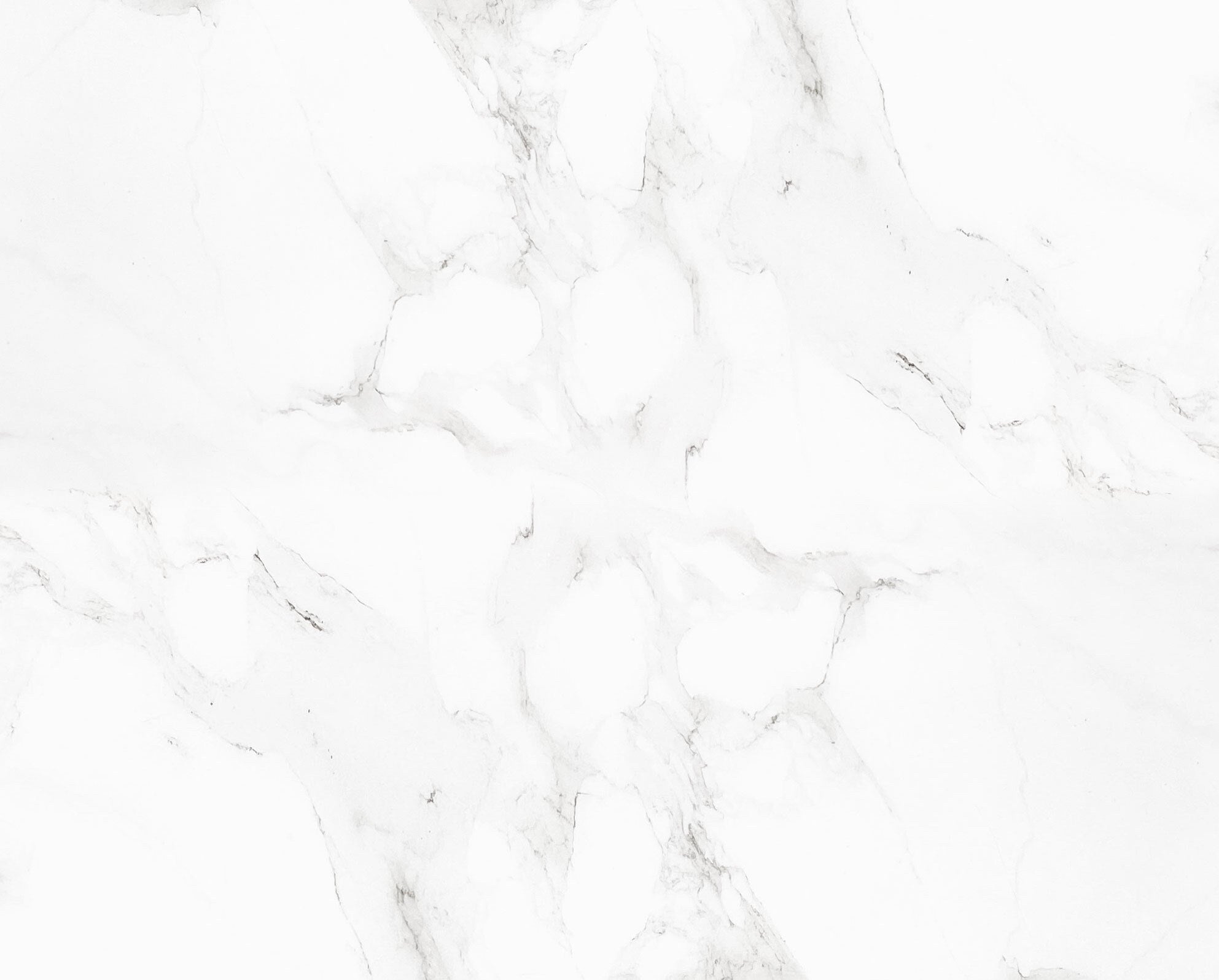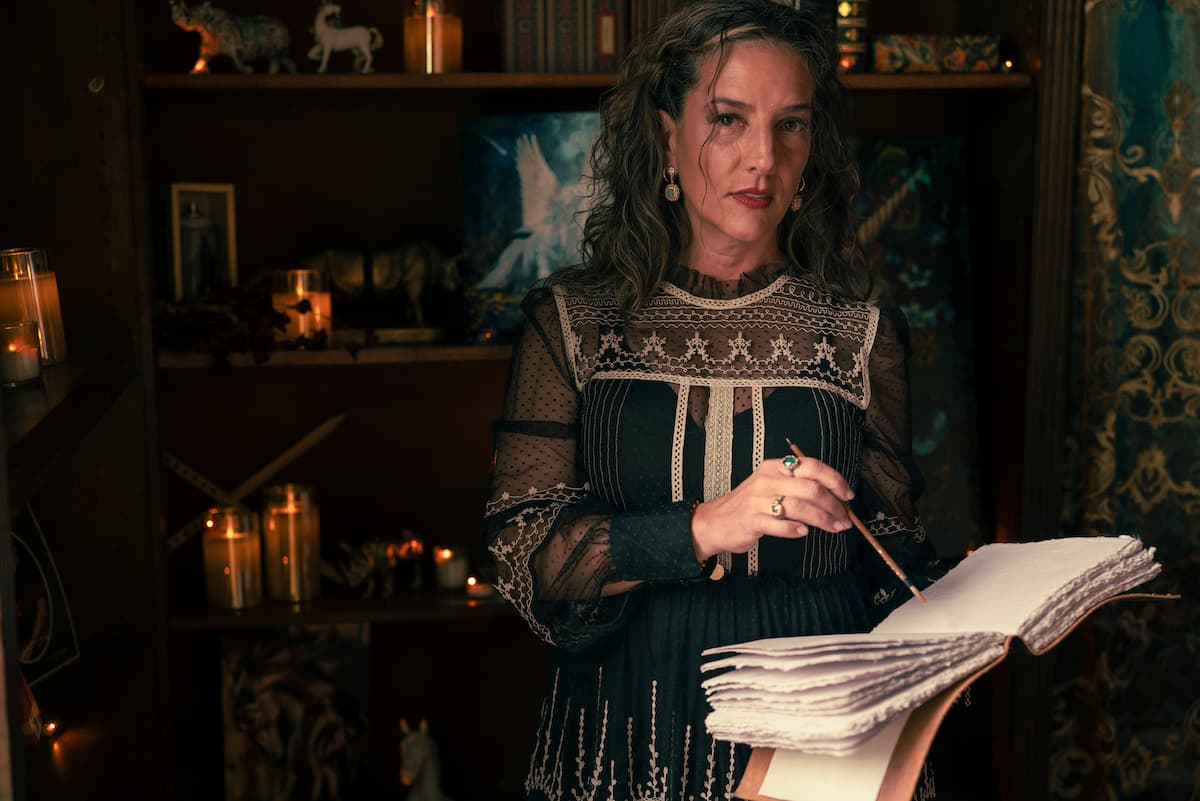Breaking Stereotypes and Embracing the Bold New Artist Identity

"What do you do?"
"I'm an artist."
"An artist? No, I mean, do you have a job? What do you do?"
"I'm an artist, a professional artist."
"You mean a graphic designer or photographer? What kind of art do you create?"
"I paint. I create oil paintings and sell them."
"What does your husband do?"
"He's an artist too."
"I mean, what is his job?"
"We both paint and sell our paintings. It's our sole source of income."
"Where can I see your paintings?"
This exchange, and many more like it, has been a part of my life for the past 28 years. To avoid ongoing confusion, doubt, and awkward moments, I make it a point to tell people right away, "My husband and I are both professional fine artists. We paint for a living and own an art institute where we teach others how to become professional artists."
Almost every time someone asks me what I do, they immediately latch onto the idea of the art institute and bombard me with questions like, "Where are you located? How long have you had the school? How many students do you have? What kind of classes do you teach?" They lack the context to grasp being an artist as a vocation, so they gravitate toward the notion of a school.
Challenging The Stereotypes of Artists

Why is this? Why do people find it so hard to accept and understand that being an artist is a legitimate profession? This has been my profession since I graduated from university, and it hasn't changed. I have never been fired or laid off. I have devoted myself to art since I was 15 years old, with a single focus.
I have been more committed to my profession and career than most non-artists I know. Yet, it is still so difficult for people who have just met me to accept my profession without a long elevator pitch.
I can’t blame them, though. Most people are raised to believe that artists are flaky, edgy, weird, and on the fringes of normalcy. They view us as outcasts who are unstable, unreliable, undependable, and starving. Not just poor or completely broke but starving. Responsible people have conventional jobs and follow the 45-year plan.
They think artists must create art for art's sake while working jobs they don't like as a barista or a waiter, just to pay the bills. Every professional artist spends their career working to overcome these assumptions and prejudices.
Overcoming Prejudice, Establishing Credibility, and Proving Professionalism
I have had to work extra hard to convince people that I am dependable, punctual, and easy to work with. Many professionals in the art world, such as designers, art consultants, publishers, and dealers tiptoed around offering criticism, bracing themselves for inevitable late commissions and desperate calls requesting advances for early payments. We were often told we were refreshing to work with because we could handle criticism well, met our deadlines, and treated our work as a legitimate business.
The judgments artists get are somewhat deserved. I’ve met many artists who are incredibly insecure and overcompensate with big egos. They don’t value their work or conduct themselves professionally. They’ve accepted commission advances only to ghost the client without following through with the promised art.
I have known artists who walk in the identity of flaky, unreliable, unstable outcasts who are broke. They refuse to elevate their art with new skills or shift to new subject matters that would sell. They even believe creating art to sell is sacrilege and live as a martyr in their pious pure world of dark art for art’s sake, believing the rest of us have sold our souls to the couch-art devil.
Redefining The Artist's Identity

I would love to see the day when artists shed the “starving artist” identity and step into their true identity as artists, walking in their role as influencers and cultural leaders with grace, love, and authority. I would love to witness society embrace artists and look up to them as people of character and integrity. It is time for artists to take their place and hold their ground with confidence, vision, and authority.
It is artists who shift and move culture, not politicians and lawmakers. We stand at the apex of cultural transformation, driving it forward into a new day of liberty and self-governance.
Artists Are Affluent and Will Finance The Future
We are the prophets of a new earth. Artists are visionaries and innovators who live in the realm of the future. We are wholeheartedly invested, and constantly engaged, with our future vision and we create it with value, color, and form. If an artist receives money and resources, we finance our vision. We don't buy frivolous glamorous things; we buy the future. Most artists are driven by causes and visions to change the world and want to buy land, buildings, and farms to build community centers where creativity can flourish.
Our years of creating art have conditioned us to see what is not yet here and to embrace endless possibilities. It is our daily function. This is why artists are destined to be the most affluent and influential. Without an engineered art world establishment propping us up and the reality that we have earned our way into collectors' graces through hardworking, dedication, and constant improvement, we artists are calibrated to be able to handle financial success and influence. Our roots go deep into the soil of steadfast commitment to our cause and the future life we will all enjoy.
Artists are the craftsmen that will terrify the horns of oppression and the guarantors of a future with liberty, prosperity, justice, compassion, empathy, and love. Where there is creativity, there is freedom.
What do you think is the biggest challenge artists face in being recognized and respected as professionals in today's society?







I am sure you have nailed it concerning the challenges and world view of those evaluating the artists’ lifestyles with your article. However, over the years of being a “prophetic artist” I have not concerned myself with others’ world view so much as I have tried to bring about a heavenly kingdom view to others through what I create. If my message is heard by one it will be heard by more when those investors share their love of what they have purchased. I have a new goal however, since connecting with MAI. I see new and exciting possibilities. Now, in my 60’s and attending MAI, I am rediscovering what is possible in the area of retail and am aiming to gain more understanding of the ways to get the message I feel shines through out into the world’s view. I am excited for the ways to enhance my art, advertise and enlarge my reach, and influence nations in any small way possible. No matter what the world’s view of artists might be, I know I can’t let that distract me, nor stop the motivation to share the message I carry through artworks that speak 1000 archival words.
Probably our own beliefs. As I progress through the Masters pogram (Wk8), I already worry about being moulded into the Milan Style. Will I find my own style, and will it sell? I think too much and shift to right brain too little. Hard to change at 67.
" … zgodnie z Bożą obietnicą oczekujemy nowego nieba i nowej ziemi.Ma w nich panować prawość" (2 Peter 3:13
Leave a comment